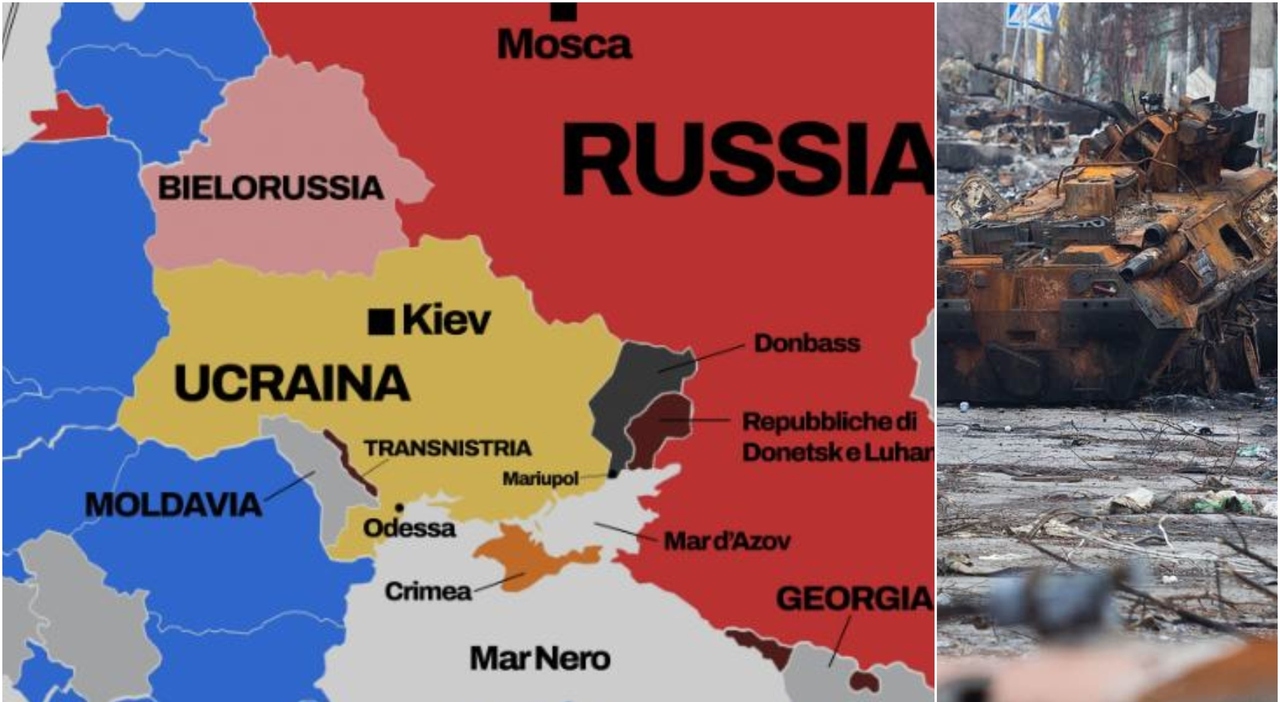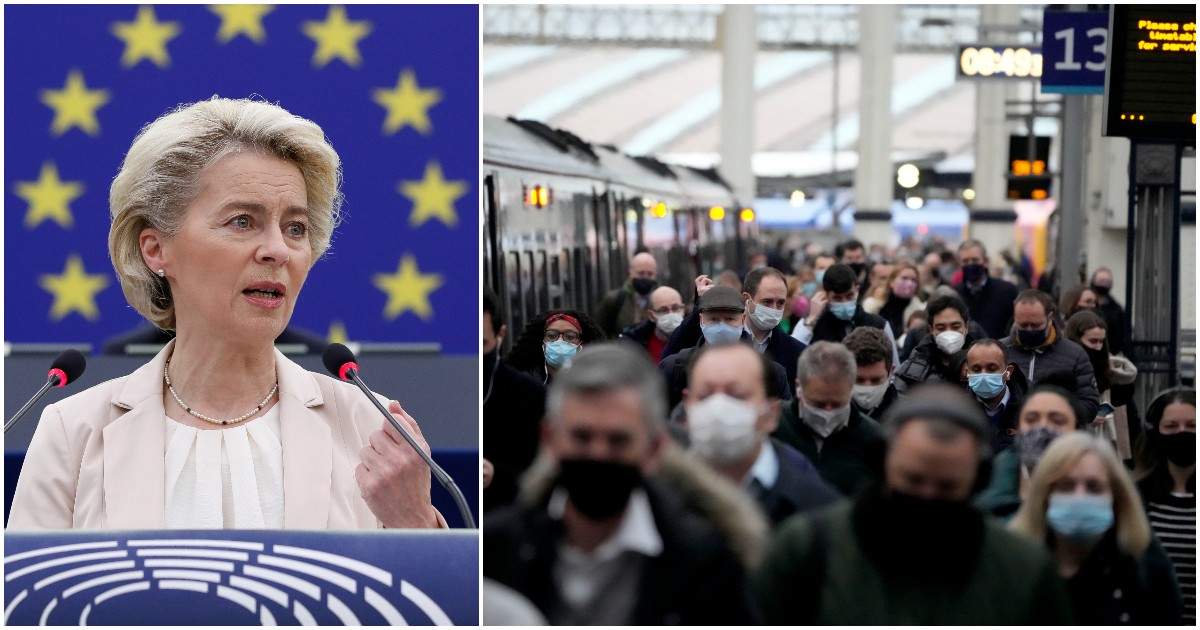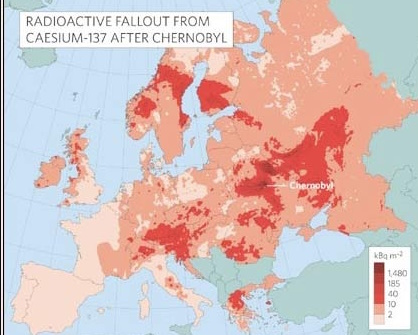Transnistria, a small strip of territory of just over 4,000 square kilometers with a population of less than 600,000, a quarter of whom are in the capital, Tiraspol, is now the most dangerous fuse in the scenario of a war in Ukraine that is about to turn one year old. The shadow state sandwiched between Moldova and Ukraine, in this period of stalemate for Moscow’s forces, is now seen as a strategic and political resource to expand the offensive front against Kiev and to annoy the West more and it is feared that it will have a multiplier effect in other countries. The lands that were once under the influence of the Soviet Union were more or less connected or even completely hostile to Russia beyond the Donbass. Among those countries it hopes will not end up participating are Belarus, a friend of Putin’s, Georgia, and the Baltic republics Estonia, Latvia and Lithuania.
Transnistria
The Pridnestrovian Moldavian Republic (Transnistria) situation was already precarious before Russia’s aggression against Ukraine, as it happens in parts of the former Soviet Union that are trying to get space on maps and that sometimes contain years of low-intensity conflicts. But no less bloody. Transdniestria is in fact only recognized by small self-proclaimed states and thus equally devoid of international credentials: Abkhazia, South Ossetia and Artsak (Nagorno-Karabakh). Small pieces of the puzzle according to international interests are being used right now also thanks to the indifference of those who are not geographically contiguous and unaware of the potential chain effects of increasingly connected scenarios.
Belarus
The fear is that the Lukashenko regime, Putin’s “friend” always ready to fulfill his requests, will overcome internal resistance and take a direct part in the conflict with his forces by exploiting the logistics and above all the territory that “covers” a large part of the border in northern Ukraine.
Georgia
Relations between Tbilisi and Moscow remain those that followed the 2008 dispute over the issue of Abkhazia and South Ossetia and related accusations of war crimes. Resentment against Russia has been building for 15 years, and the invasion of Ukraine has brought international attention closer. Georgia has also become a haven for tens of thousands of Ukrainian refugees, a way of emphasizing the distaste for Moscow. However, Putin cannot keep attention on this front in the southern sector of the Black Sea either.
Baltic republics
Only six million inhabitants of three states, Estonia, Latvia and Lithuania who considered this contract to be the final one. Instead, Ukrainian aggression has revived old fears not entirely masked by the three republics’ participation in NATO. There is also the growing heft of the Kaliningrad bulge, which borders Lithuania and Latvia, which has become a magazine for Moscow which has also deployed missile sites there that threaten the rest of Europe and bolster its air and sea fleets.
Revocation of the Transnistrian Decree
The latest next step from the Kremlin is to cancel the 2012 decree in which “solving the Transnistrian problem” was identified among the goals, based on “respect for the sovereignty and territorial integrity of Moldova”. Thus, the risk of a clash increases and a strip of land three and a half times the size of Rome could become decisive in the war between Russia and Ukraine.
The self-declared Republic of Transnistria lies within the borders of Moldova, along the border with southwestern Ukraine. In 1990, the country unilaterally declared its independence through a referendum, which received almost 90% of the preferences: it was a prelude to war. The Tiraspol authorities claimed to be the true Moldovan state and when Moldova became independent in 1991 from the Soviet Union, including the breakaway republic’s territory among its possessions, the clash took little time to break out. The conflict broke out in the first months of 1992: soon Tiraspol, with the decisive help of the Russians, defeated Chisinau. Moscow brokered a cease-fire, which led to the formation of peacekeepers with mixed units from Moldova, Russia and Transnistria.
truce
The armistice concluded in July 1992 established, de facto, not only the separation of the two countries, but also the survival of 1,500 Russian soldiers at the military base in the village of Kopasna. Here are stored weapons that could be needed in a possible attack on Moldova. or to Ukraine. Despite its proximity to Moscow, the separatist republic does not directly border the territory under the control of the Kremlin, and its relations with Moldova have found a balance, above all after the three events. First, the defeat in the 2011 elections of the pro-Russian candidate Anatoly Kamensky, who, in agreement with the Kremlin, supported the path to independence from both Russia and Moldova. Then, after Russia annexed Crimea in 2014, the latter rejected Tiraspol’s request for integration into the Russian Federation.
Finally, Vadim Krasnoselsky’s presidential elections were voted for for the first time in 2016 and reconfirmed in 2021. These facts have partly brought Transnistria closer to Moldova and the EU. Almost all citizens have dual (or triple) citizenship, the population is divided almost equally between Ukrainians, Moldovans and Russians, and they can cross the border into Moldova. Even from an economic point of view, the relationship remains strong: about 70% of Tiraspol’s exports go to the European Union thanks to the agreements between Brussels and Chisinau (DCFTA). This does not mean that Moscow has lost all influence in the region: most remittances come from Russia and the state plays a central role in the supply of electricity and gas.
But Moscow never recognized Transnistrian independence: the Kremlin’s strategy envisioned reintegrating the region into Moldova, special status for the breakaway republic and maintaining Russia’s military presence in the country. Obviously, the solution was rejected by Chişinău. After the warning of Moscow’s possible attack on Moldova, sounded by Ukrainian President Volodymyr Zelensky and confirmed by pro-European Moldovan President Maia Sandu, recent events have increased the risk of a clash.
Read the full article
In Il Gazzettino

“Freelance social media evangelist. Organizer. Certified student. Music maven.”


